Introduction
The murder of Mary Phagan in 1913 remains one of the most infamous unsolved cases in American history. This tragic story not only reveals the dark underbelly of a small Southern town but also highlights issues of social justice, race, and the impact of media sensationalism. The case captivated the nation and sparked widespread controversy, leaving a legacy that still resonates today.
The Victim: Mary Phagan
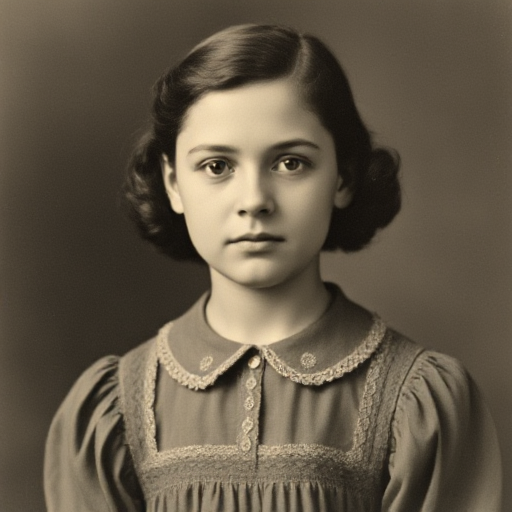
Mary Phagan was a 13-year-old girl living in Marietta, Georgia. Born on June 1, 1899, she came from a poor family and worked at the National Pencil Company to help support her household. Despite her young age, Mary was described as cheerful and hardworking, with dreams of a better life.
On April 26, 1913, Mary went to pick up her paycheck from the factory after a long day of work. Little did she know that this would be the last time she was seen alive.
The Discovery of the Body
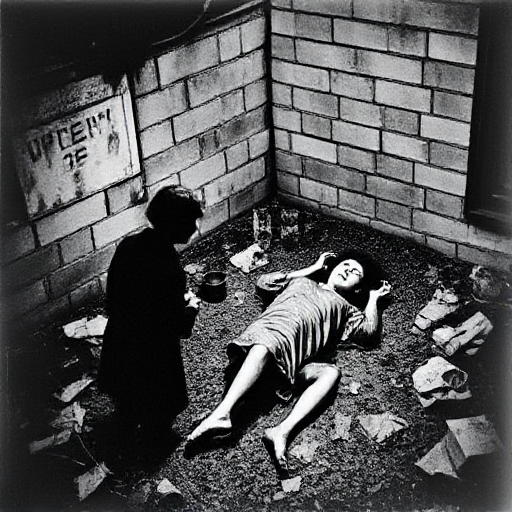
Mary Phagan’s lifeless body was discovered the next day, April 27, in the basement of the National Pencil Company. She had been brutally murdered, with evidence suggesting she had been sexually assaulted. The gruesome nature of her death shocked the community and ignited a media frenzy.
The local police quickly launched an investigation, but the case soon became mired in controversy. The factory’s superintendent, Leo Frank, was one of the last people to see Mary alive. Frank, a Jewish man, soon became the prime suspect in the eyes of the community, leading to a series of events that would change the course of his life forever.
The Investigation

Initial Suspicions
The investigation into Mary Phagan’s murder was chaotic from the start. Local law enforcement quickly focused on Leo Frank, who had a reputation as a successful businessman but was also an outsider in the predominantly Southern town.
Frank claimed he had been at the factory on the night of the murder and had not seen Mary. However, his alibi was shaky, and the community’s anger began to mount. Racial tensions were also high, as the case involved not only a young white girl but also a Jewish man, which further fueled the flames of prejudice in the South.
The Role of the Media
The media played a significant role in shaping public perception of the case. Newspapers sensationalized the details of the murder, often portraying Frank as a monstrous figure. The coverage was rife with speculation, and the public’s outrage grew as the story unfolded.
Editorials and headlines painted Frank as guilty before he even stood trial. The media’s portrayal of the case turned it into a spectacle, with crowds gathering outside the courthouse during the trial, eager to witness the proceedings.
The Trial of Leo Frank
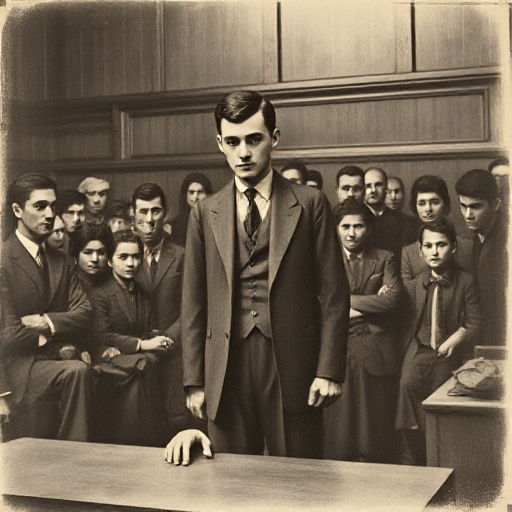
Leo Frank’s trial began on July 28, 1913, and it was marked by intense public scrutiny and a lack of concrete evidence. The prosecution relied heavily on the testimony of a young African American factory worker named Jim Conley, who claimed to have witnessed Frank disposing of Mary’s body.
Controversial Testimony
Conley’s testimony was pivotal in the prosecution’s case, but it was also riddled with inconsistencies. Many believed that Conley had his motives for testifying against Frank, as he was a prime suspect himself. Despite the lack of physical evidence linking Frank to the crime, the jury found him guilty on August 25, 1913, and he was sentenced to death.
Public Outcry and Lynching
Frank’s conviction sparked outrage among his supporters, who believed he had been wrongfully accused. The case drew national attention, with prominent figures advocating for Frank’s innocence. However, the tide of public opinion was against him, fueled by the media’s portrayal of the trial.
In 1915, after numerous appeals, Frank’s death sentence was commuted to life in prison by the governor of Georgia. This decision ignited further outrage, leading to a mob of angry citizens storming the prison where Frank was held. On August 17, 1915, they kidnapped him and lynched him in Marietta, Georgia a chilling act that underscored the racial and social tensions of the time.
The Aftermath
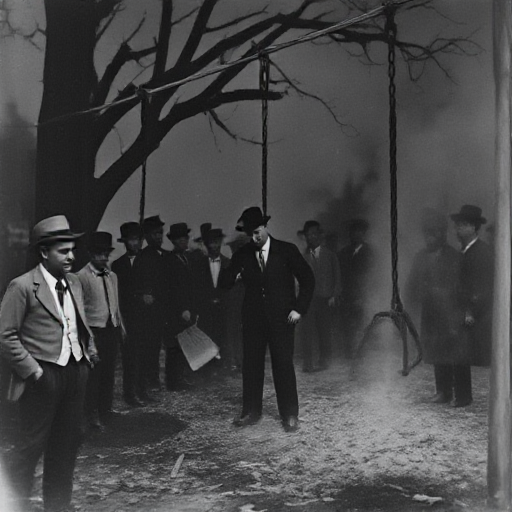
The lynching of Leo Frank sent shock waves through the nation and highlighted the pervasive anti Semitism that existed in American society. Frank’s death did not bring closure to the murder of Mary Phagan; instead, it deepened the divisions within the community and sparked a national conversation about justice and prejudice.
In the years following the lynching, the case faded from the headlines, but it left a lasting impact. The Anti-Defamation League (ADL) was founded in response to the prejudice surrounding the trial, aiming to combat anti-Semitism and promote justice.
The Legacy of the Case
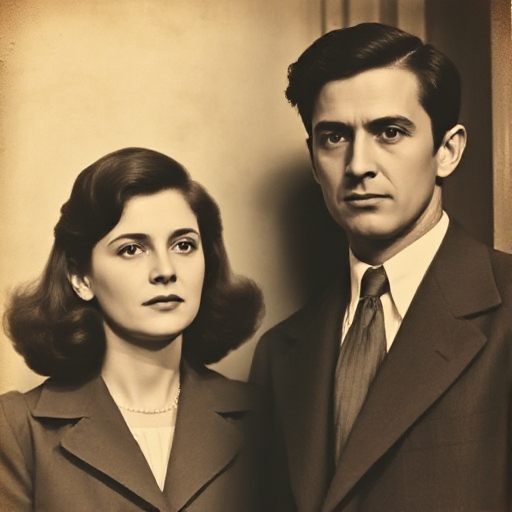
The murder of Mary Phagan and the subsequent trial of Leo Frank remain a dark chapter in American history. The case has been the subject of numerous books, documentaries, and scholarly articles, each exploring the complexities of the investigation, trial, and the societal issues it raised.
Cultural Impact
The story of Mary Phagan and Leo Frank has inspired various artistic interpretations, including plays and films. The case serves as a reminder of the dangers of mob mentality, the impact of media sensationalism, and the importance of due process in the legal system.
Ongoing Mystery
Despite extensive investigations and public interest, the murder of Mary Phagan remains officially unsolved. The true circumstances surrounding her death continue to elude investigators, leaving many questions unanswered.
Conclusion
The unsolved murder of Mary Phagan is a haunting tale that reflects the complexities of human nature, societal prejudice, and the quest for justice. It serves as a reminder of the dark shadows that can lurk beneath the surface of a seemingly idyllic community.
As we look back on this tragic story, we are reminded of the importance of empathy, understanding, and the pursuit of truth in the face of adversity. The legacy of Mary Phagan and Leo Frank continues to resonate, urging us to confront the injustices of the past and strive for a more equitable future.
In the end, the unsolved murder of Mary Phagan is not just a story of tragedy and loss; it is a reflection of the human experience, filled with lessons that remain relevant today.


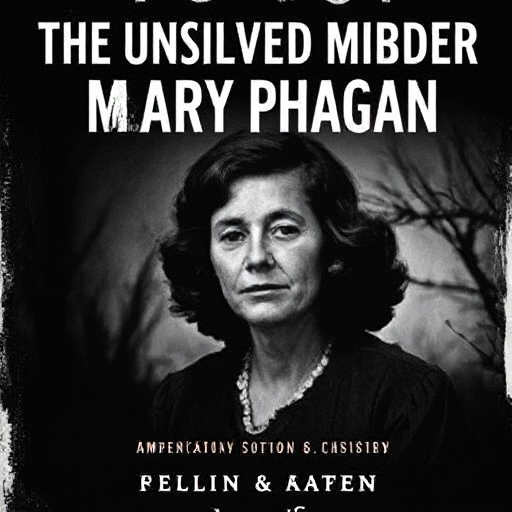
4 thoughts on “THE UNSOLVED MURDER OF MARY PHAGAN: A DARK CHAPTER IN AMERICAN HISTORY”